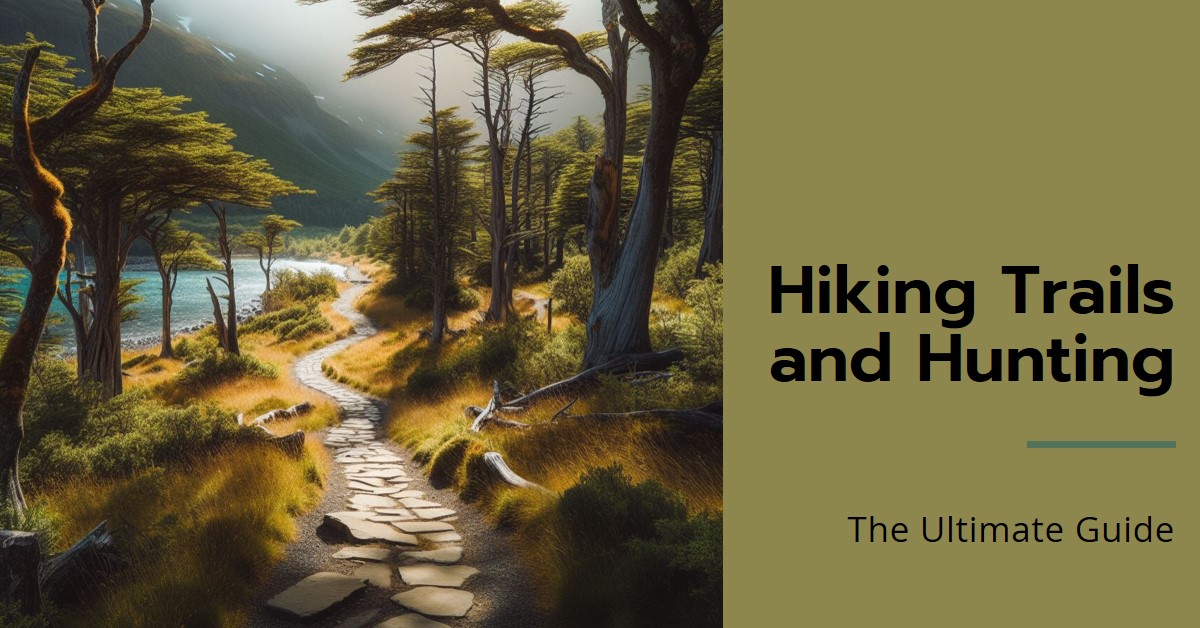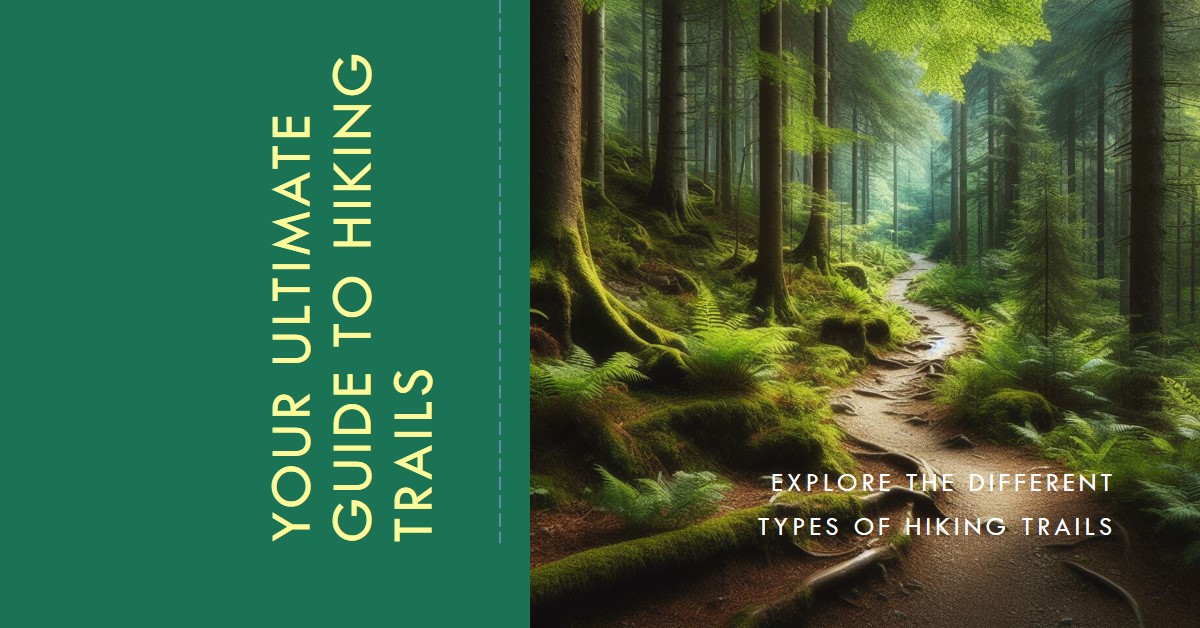Hiking without shoes offers a unique and challenging experience, increasing sensory perception and strengthening foot muscles. By going barefoot, hikers can enjoy a connection with nature, improved balance, and reduced risk of foot-related injuries.
Explore this alternative way of hiking and discover the benefits it brings. Hiking is a popular outdoor activity that allows individuals to connect with nature while challenging their physical abilities. While most hikers opt for sturdy hiking boots to protect their feet, some adventurous souls choose to hike without shoes.
This unconventional approach offers a range of benefits, including increased sensory perception, improved balance, and strengthened foot muscles. By exposing the soles of their feet to different terrains and surfaces, barefoot hikers enhance their body’s natural ability to adapt and respond. We will delve into the world of hiking without shoes and explore the advantages it brings. So, if you’re ready to hit the trails in a unique and liberating way, let’s dive in and discover the joys of barefoot hiking.
Table of Contents
Why Go Shoeless?
Hiking without shoes offers numerous benefits that connect us to nature, heighten our sensory experience, and strengthen our foot muscles. By going barefoot, we establish a direct connection with the earth beneath us, allowing us to feel the textures, temperature, and even vibrations from the ground.
This intimate connection with nature enhances our overall hiking experience. Walking without shoes also stimulates our senses, as the nerve endings in our feet are more exposed, providing us with a heightened awareness of our surroundings. Additionally, hiking barefoot helps strengthen the muscles in our feet, as they have to work harder to support our body weight and maintain balance.
Over time, this can lead to increased stability and improved foot health. So, if you’re looking for a way to maximize your outdoor adventure, consider embarking on a shoeless hike and reap these incredible benefits.
Preparing For A Shoeless Hike
Preparing for a shoeless hike involves assessing trail conditions, considering clothing and gear, understanding potential risks, and building foot resilience. Examining the trail conditions beforehand is crucial to ensure it is suitable for hiking without shoes. Assess the terrain, look for sharp objects, and check for any potential hazards that could cause injury.
When it comes to clothing and gear, choose lightweight and breathable options to keep you comfortable during the hike. Consider wearing moisture-wicking socks to minimize the risk of blisters. Understanding the potential risks involved, such as stepping on rocks or encountering uneven surfaces, will help you take necessary precautions.
Additionally, gradually building up foot resilience by practicing barefoot walking and strengthening exercises can make your feet more capable and less prone to injury. By taking these necessary steps, you can have a safe and enjoyable shoeless hiking experience.
Navigating Different Terrains
Hiking without shoes is an adventure that allows you to explore various terrains effortlessly. The forest trails and woodland hikes provide a serene and peaceful experience, surrounded by nature’s beauty. Walking across desert treks and sandy dunes feels both challenging and invigorating, with the soft sand beneath your feet.
Conquering rocky terrains and mountain ascents demands strength and agility, as you navigate through uneven surfaces and steep slopes. Each terrain offers a unique set of challenges and rewards, making every step a thrilling journey. Whether you prefer the tranquility of the forest or the ruggedness of a mountain, hiking without shoes allows you to truly connect with the earth and immerse yourself in the wonders of the natural world.
So, are you ready to embark on this barefoot adventure and explore the diverse terrains that await you? Get ready to experience hiking like never before!

Credit: www.thetimes.co.uk
Tips And Techniques For Safe And Enjoyable Barefoot Hiking
Barefoot hiking can be a safe and enjoyable experience with a few essential tips. Proper foot landing and weight distribution are crucial to prevent injuries. Be mindful of choosing the right pace and stride length to maintain a comfortable and sustainable rhythm throughout the hike.
Stay aware of potential hazards on the trail, such as rocks, sharp objects, or thorny plants, to avoid any accidents. Taking care of your feet during the hike is also essential. Regularly check for any cuts, blisters, or discomfort, and take appropriate measures to address them.
Keep your feet clean and dry whenever possible to prevent any fungal infections. Remember, hiking without shoes offers a unique connection to nature, but it requires cautiousness and attention to foot care.
Exploring The Best Barefoot Hiking Destinations
Exploring the best barefoot hiking destinations involves venturing along coastal trails and beachfront walks where sand and surf provide an invigorating experience. Rainforest and jungle explorations take you deep into nature’s realm, weaving through lush foliage and discovering hidden waterfalls.
For the more adventurous, alpine hikes and mountain peak adventures offer breathtaking views and a sense of achievement. These barefoot journeys allow you to truly connect with your surroundings, immersing yourself in the natural elements. Discovering untouched landscapes and feeling the earth beneath your soles brings a unique sensation that traditional hiking shoes may not provide.
As you traverse these diverse terrains sans footwear, each step becomes a sensory experience, heightening your connection to nature. Embark on your barefoot hiking adventure and see the world from a whole new perspective.
Overcoming Obstacles And Challenges
Hiking without shoes presents various obstacles and challenges that need to be overcome. One major hurdle is tackling temperature extremes. The fluctuating heat and cold require careful preparation and awareness to prevent discomfort and potential health risks. Navigating uneven and slippery surfaces is another difficulty, as it requires maintaining balance and stability to avoid falls and injuries.
Additionally, hikers must be mindful of sharp objects that can cause wounds and other potential injuries. Being cautious and attentive while hiking barefoot is crucial in order to enjoy the experience safely. Proper planning, proper gear, and staying alert are essential for anyone taking on the adventure of hiking without shoes.
Ensuring Sustainable Barefoot Hiking Practices
Hiking without shoes is a unique experience that allows you to connect with nature in a profound way. To ensure sustainable barefoot hiking practices, it is essential to respect local regulations and guidelines. This means familiarizing yourself with any specific rules or restrictions that may apply to the area you plan to hike in.
Additionally, embracing the “leave no trace” principles is crucial to minimize your impact on the environment. This involves packing out all your trash, avoiding damage to vegetation, and being mindful of wildlife habitats. Supporting trail maintenance initiatives is another important aspect of sustainable hiking.
By volunteering or donating to organizations that work to maintain and preserve hiking trails, you contribute to the longevity and accessibility of these natural treasures. So, lace up your shoes, or rather, take them off, and embark on a barefoot hiking adventure while prioritizing sustainable practices.
Sharing The Joy: Building A Community Of Barefoot Hikers
Hiking without shoes is not just about exploring nature, it’s about forming connections. By joining barefoot hiking groups and events, you can meet like-minded individuals who share your passion. Through these experiences, you can document your adventures and share them through social media.
Building a community of barefoot hikers allows you to connect with others who understand the joy and freedom that comes from walking barefoot in the great outdoors. It’s about finding common ground and forging new friendships based on a shared love for nature and the unique experience of hiking without shoes.
So, lace up your boots or ditch them altogether and immerse yourself in a community that celebrates the freedom of going barefoot.
Frequently Asked Questions For Hiking Without Shoes
Can You Hike Without Wearing Shoes?
Yes, it is possible to hike without shoes. This is known as barefoot hiking and it offers a unique and natural experience. However, it is important to consider the terrain, weather conditions, and personal comfort level before attempting barefoot hiking.
What Are The Benefits Of Hiking Without Shoes?
Hiking without shoes can provide various benefits. It strengthens the muscles in your feet, improves balance and coordination, and enhances sensory awareness. It also allows you to connect with nature on a deeper level and experience the terrain in a more intimate way.
Are There Any Risks Involved In Hiking Barefoot?
While barefoot hiking can be beneficial, it is not without risks. The most common risks include cuts, bruises, and puncture wounds from sharp objects on the trail. It is important to be aware of your surroundings, choose appropriate trails, and gradually build up your barefoot hiking abilities to minimize these risks.
Can Anyone Hike Without Shoes?
Barefoot hiking is suitable for most people, but it may not be suitable for everyone. Individuals with certain foot conditions or injuries may need to consult with a healthcare professional before attempting barefoot hiking. It is important to listen to your body and make the best decision for your own health and safety.
Conclusion
Hiking without shoes is a unique and adventurous way to connect with nature and challenge ourselves physically and mentally. By allowing our feet to directly touch the ground, we experience a heightened sense of awareness and a deeper connection to the natural environment.
This unconventional approach to hiking provides numerous benefits such as improved balance and posture, increased sensory stimulation, and enhanced foot and leg strength. It also allows us to experience different textures and temperatures, adding an element of excitement to our outdoor adventures.
Whether you choose to hike barefoot or opt for minimalist shoes, it’s important to prepare properly, assess the terrain, and listen to your body’s cues. So, next time you hit the trails, consider shedding your shoes and embracing the freedom and connection that comes with hiking without them.
Happy trails!














